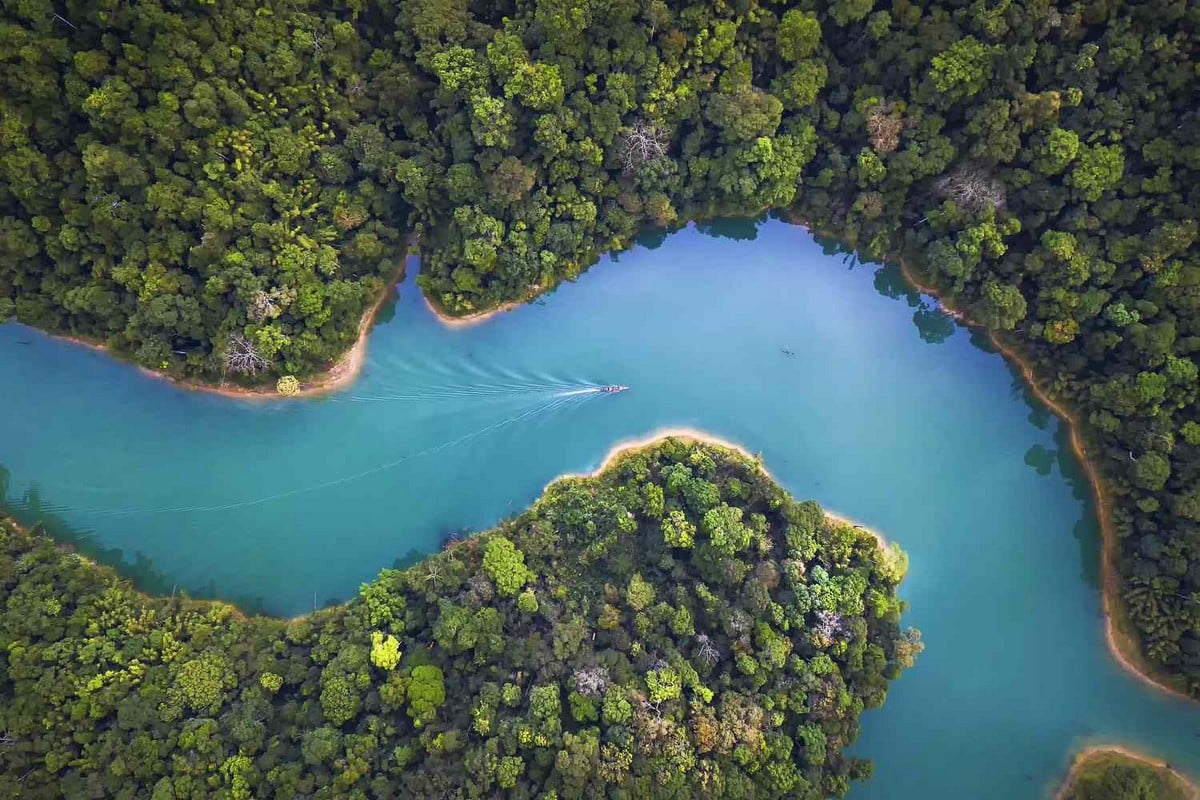Peru is situated on the western side of South America and is the continent’s third largest country, after Brazil and Argentina. Several countries, including Ecuador, Colombia, Chile, Brazil, and Bolivia, and a coastline along the Pacific Ocean bound this nation. Peru has a population of more than 32 million, with around 10.5 million Peruvians in its capital city, Lima. An interesting fact about this wonderful country is that it boasts 30 of the world’s 32 climates, an impressive statistic that makes Peru one of the most diverse regions globally.
Peru is known for its diverse natural beauty that offers a variety of breathtaking landscapes, from the snow-capped peaks of the Andes Mountains to the lush Amazon Rainforest. Peru is also famous for its ancient Inca culture, with Machu Picchu as one of the most remarkable archaeological sites worldwide.
The Lost City of the Incas
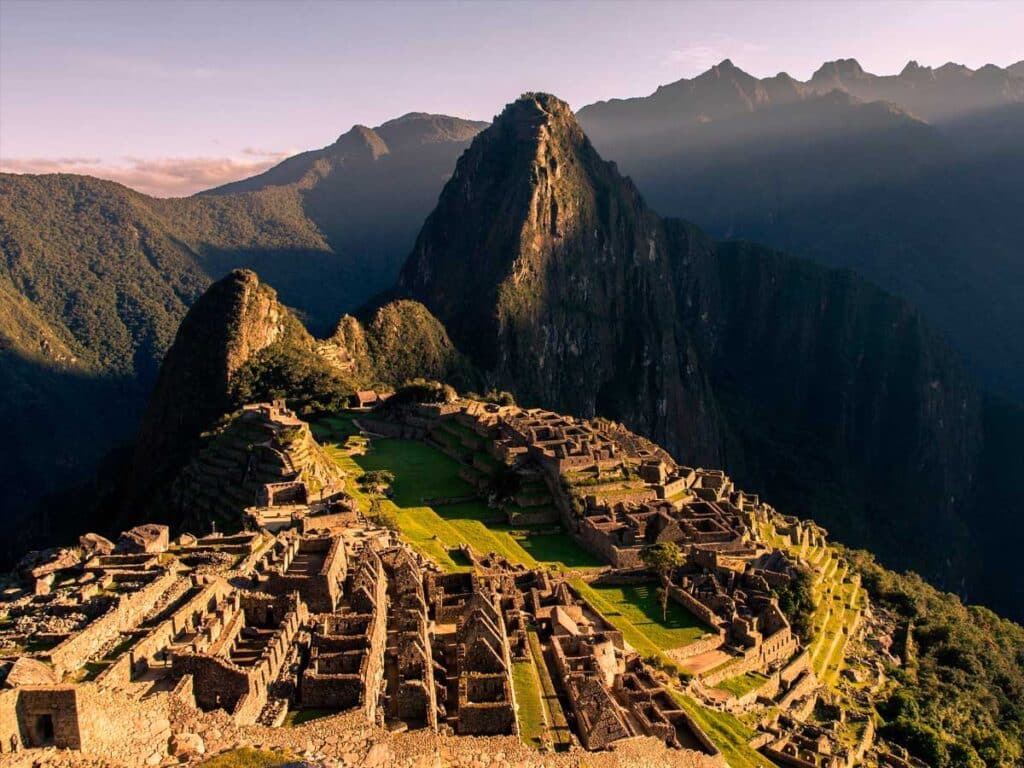
Machu Picchu stands on a lofty ridge deep in the Peruvian Andes, an incredible feat of construction and engineering for the ancient Incan civilization. This remarkable archaeological site has been recognized as a World Heritage Site by UNESCO since 1983 and most recently was declared one of the world’s New Seven Wonders. With more than 150 buildings still intact, it is much more than a tourist attraction, featuring baths, common houses, and sacred sites. It is also home to the Intihuatana stone, which accurately marks the two equinoxes each year.
The World’s Greatest Hike
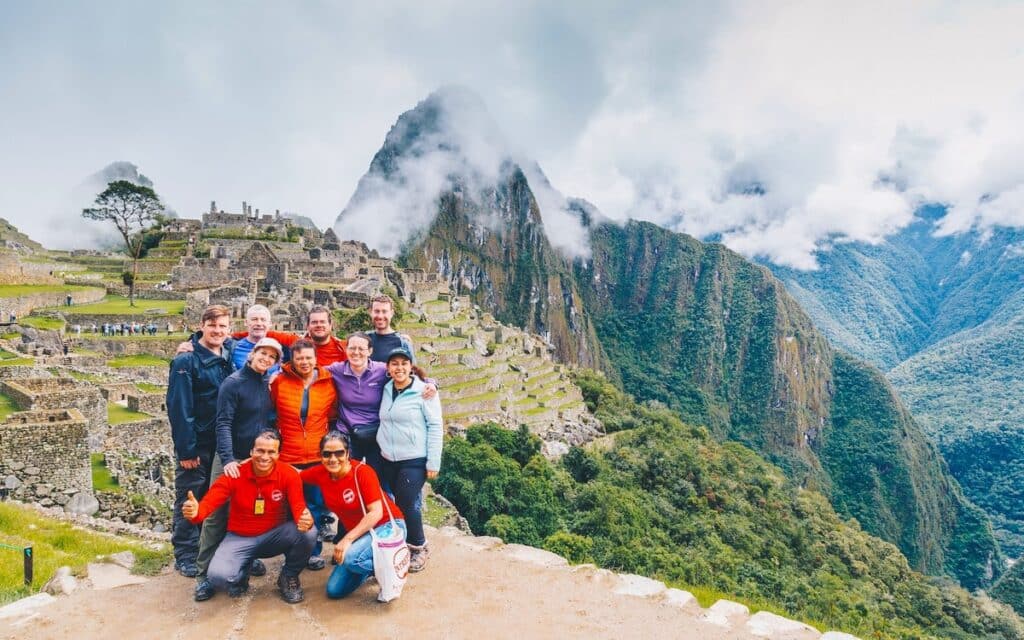
The Inca Trail is a unique and awe-inspiring journey spanning ancient ruins and rocky mountain terrain. The trail threads an intricate path through the cloud forest with majestic views at every turn. At its highest point, Dead Woman’s Pass, hikers will ascend to 4,215 meters and catch glimpses of snow-dusted peaks in the distance. Climbers can enjoy a clear view before continuing their descent into the valley below. The reward for their effort is finally arriving at Inti Punku or the Sun Gate, where travelers behold the long-awaited Machu Picchu spread out across a mountain spur.
The Heart of the Inca Empire
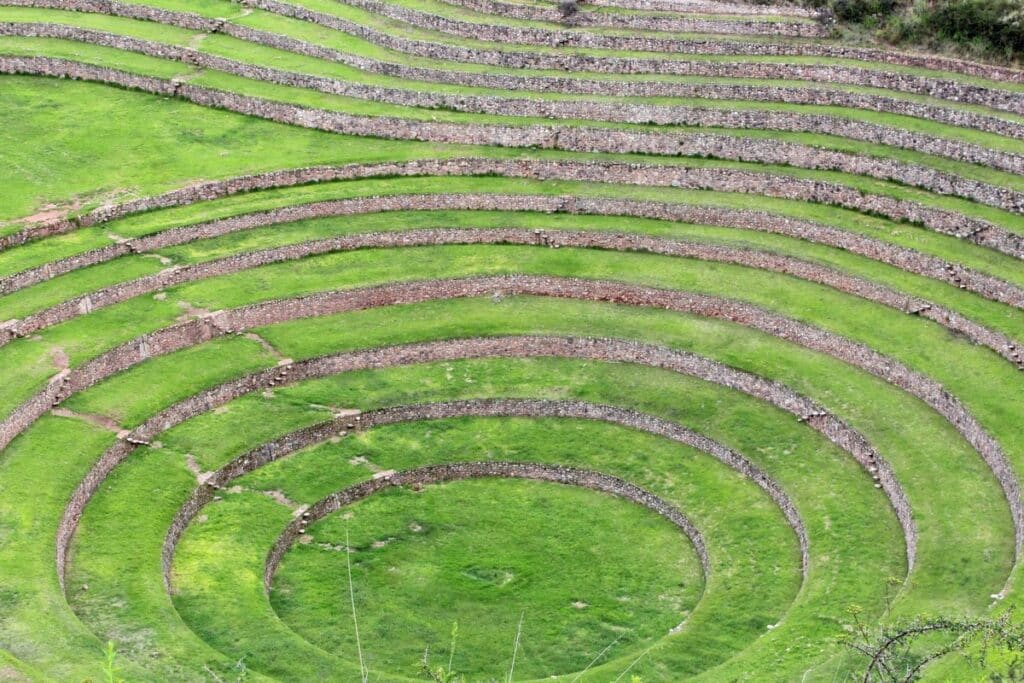
Dating to 1,200 AD, Cusco is the oldest continually inhabited city on the American continent. The city was the birthplace and capital of the Inca Empire. Considered by the Incas to be the navel of the world, its spiritual power radiated throughout their cosmological universe. It flourished under Pachachuti, who expanded its area and transformed it into a key religious and political hub of his empire. Many iconic structures associated with the Incan people remain in Cusco today, such as Qoricancha, which has been a focal point of spiritual devotion and ritual ceremonies for centuries.
One of Peru’s Greatest Mysteries
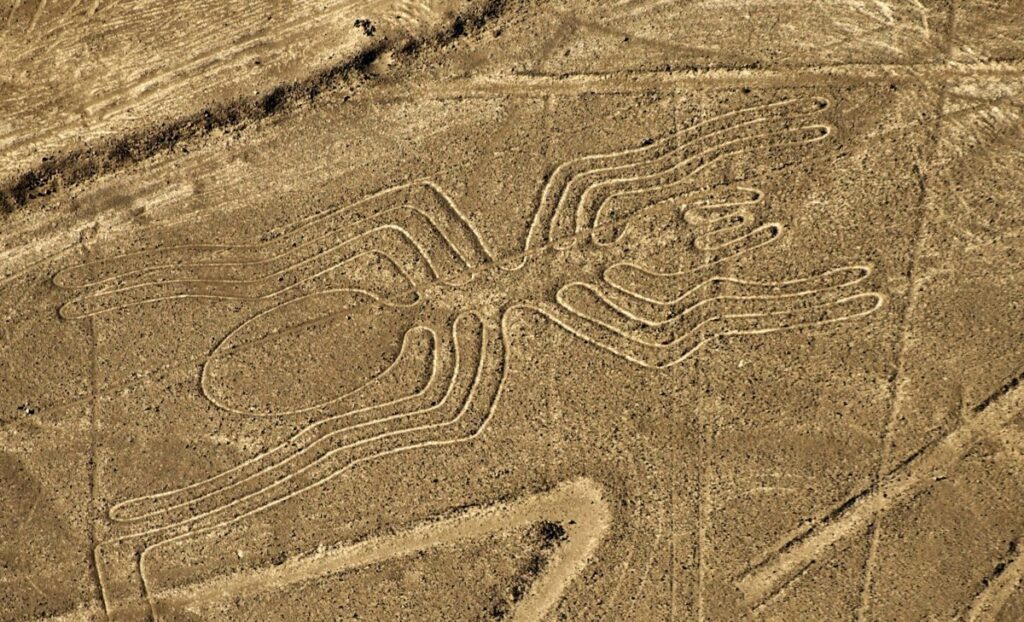
The Nazca Lines provide a fascinating insight into the culture and tradition of the ancient Peruvian people. Dating back to 500 BC, these extraordinary geoglyphs depict various creatures, from humans, birds, and plants to animals and mythological figures. Despite the lines being scratched on the ground, they remain remarkably well-preserved, with many still visible today in their original form. Interestingly, although many have speculated why the Nazca people created these remarkable feats of artistry, it remains unclear what purpose they served.
Highest Navigable Lake in the World
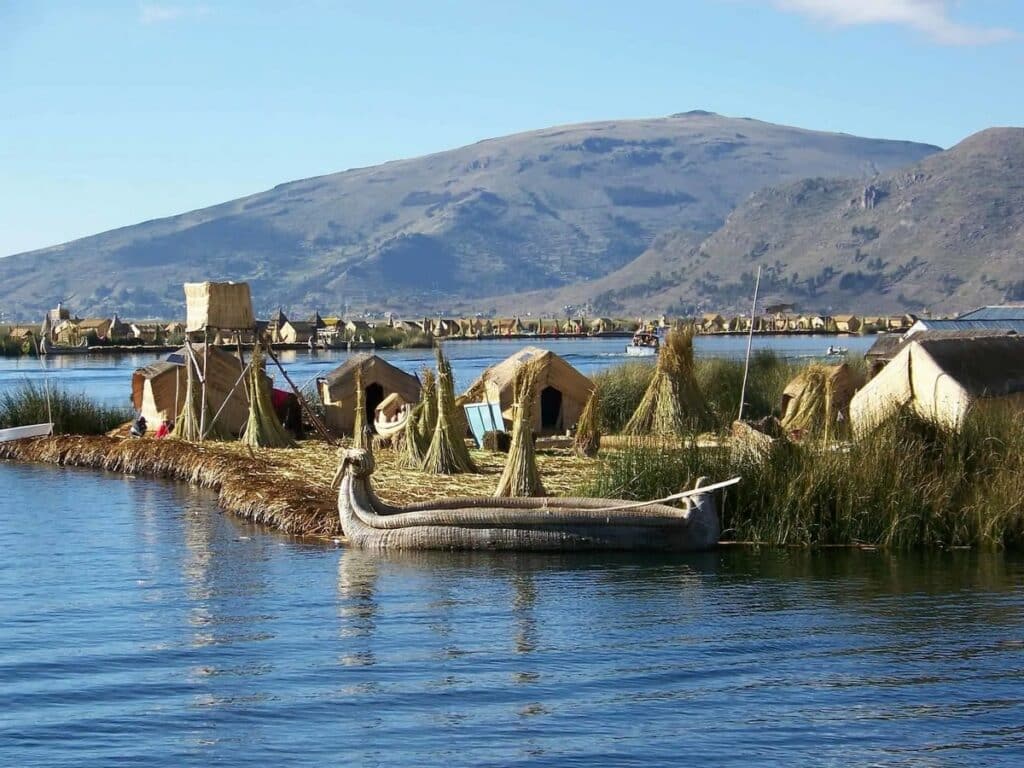
Located high in the Andes Mountains, Lake Titicaca is a spectacular sight. Bordering Peru and Bolivia, it is the highest navigable lake in the world at 3,810 meters above sea level. It is said to have formed around 60 million years ago following a dramatic regional earthquake. Its immense size provides an environment for many rare species of animals, making it a hotspot of biodiversity. Finally, its floating islands are populated by the Uros people, renowned for their knack for hand-knitted hats.
The Mountain of Seven Colors
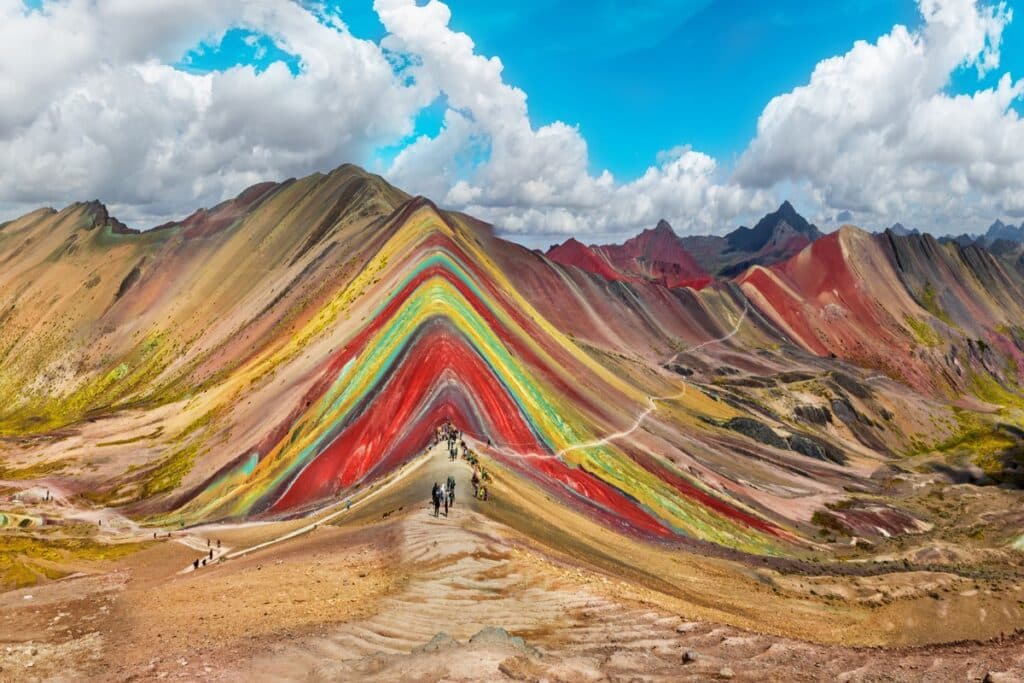
The Rainbow Mountain, or Vinicunca, is a sight to behold. Located near Cusco, it has become one of the most popular attractions in the region and is revered as a sacred place by locals. The unique landscape comprises 14 mineral deposits featuring a vivid rainbow of colors. From red to yellow, pink to white, and turquoise to brown, these sediments form layers that give rise to this extraordinary display. Despite its remote location and high elevation above 4,000 meters, this natural landscape is home to an abundance of wildlife, including foxes, skunks, huallatas, partridges, and condors.
The Camelids of Peru
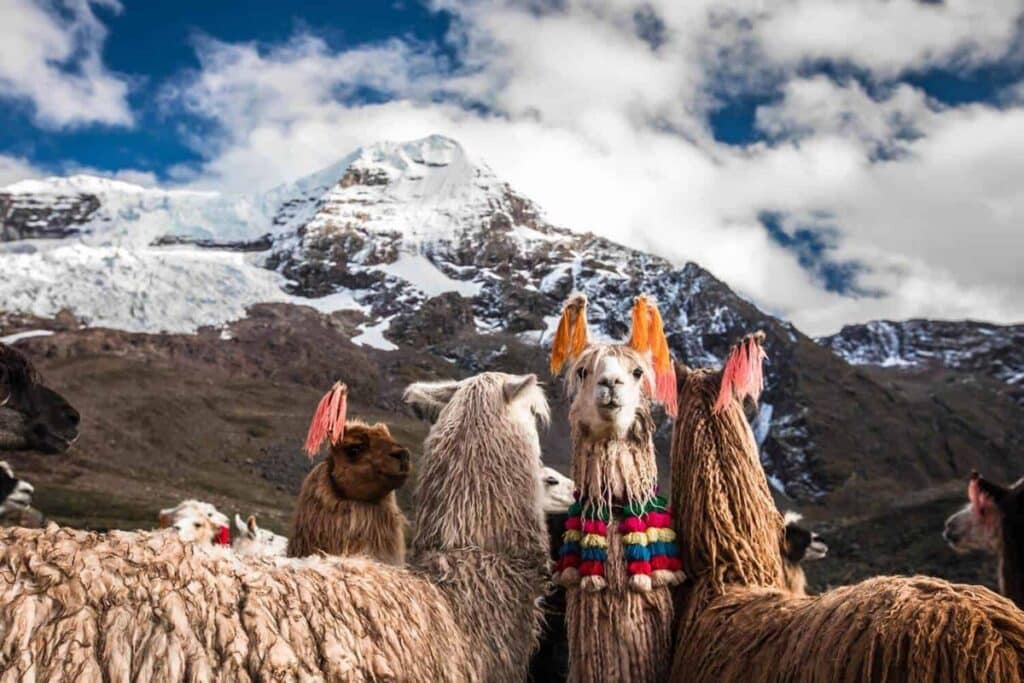
Peru is home to four camelid species related to the old-world camels found across Eurasia. These unique creatures include the llama, the largest and most well-known, and its close relative to the guanaco. Alpacas’ ultra-fine fleece and ability to withstand extreme climates at high altitudes have long contributed to the wealth and livelihoods of those living in the Andes valleys. The rarest variety of Peruvian camelids, the vicuña, is known for its delicate and highly sought-after wool.
One of the World’s Deepest Canyons
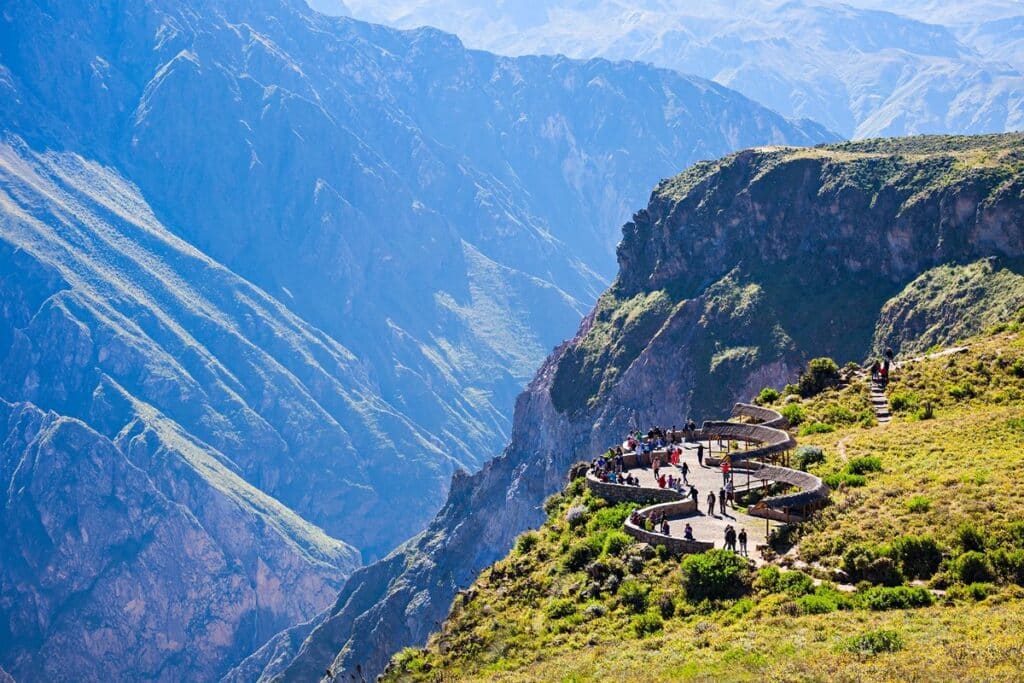
The Colca Canyon is a truly incredible phenomenon of nature. Located about 160 kilometers northwest of the Peruvian city of Arequipa, the canyon is one of the deepest in the world, with a depth ranging between 1,000 and 2,000 meters, while its edges range from 3,000 to 4,000 meters above sea level. Researchers estimate that it was formed around 150 million years ago. In addition to its incredible landscape, including agricultural terraces, the canyon is home to other wonders, such as the famous flight of the condor.
Second-Largest Expanse of the Amazon Rainforest
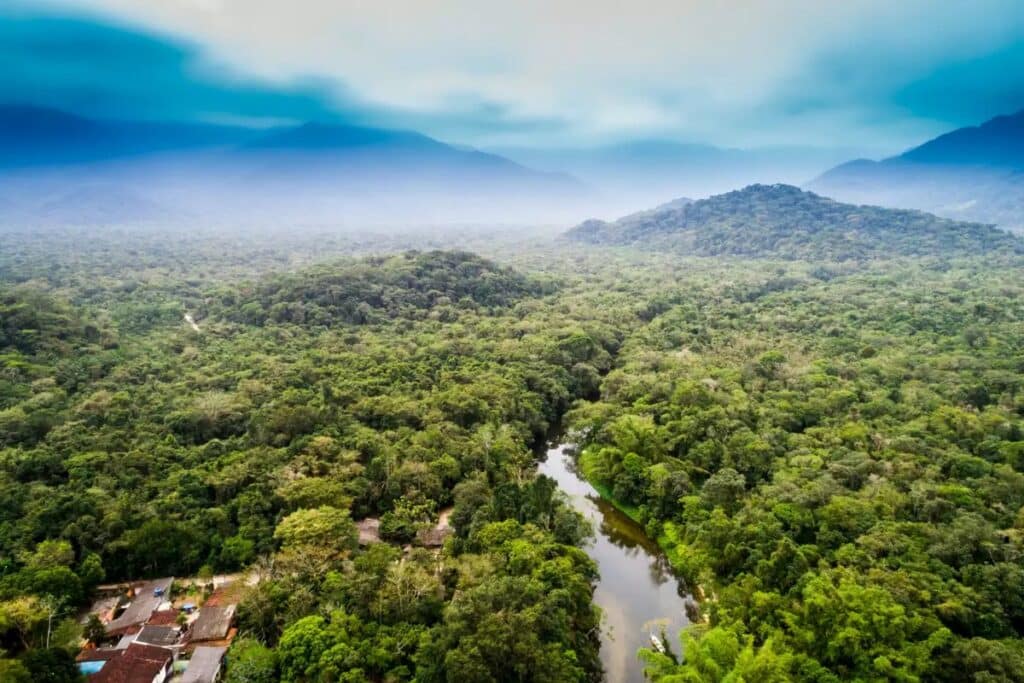
The Peruvian Amazon is a marvel of nature and home to countless species of flora and fauna, making it the second-largest expanse of the Amazon and Peru’s largest ecosystem. This ancient habitat is home to indigenous communities relying on these forests for livelihood. With 12,810 documented species, this is a key area for ongoing research in ecology and biodiversity. It is also where the mighty Amazon River originates. Today, much of the Peruvian Amazon remains untouched by development or industrialization, which has allowed it to remain unchanged for centuries.
Complete Plant Protein
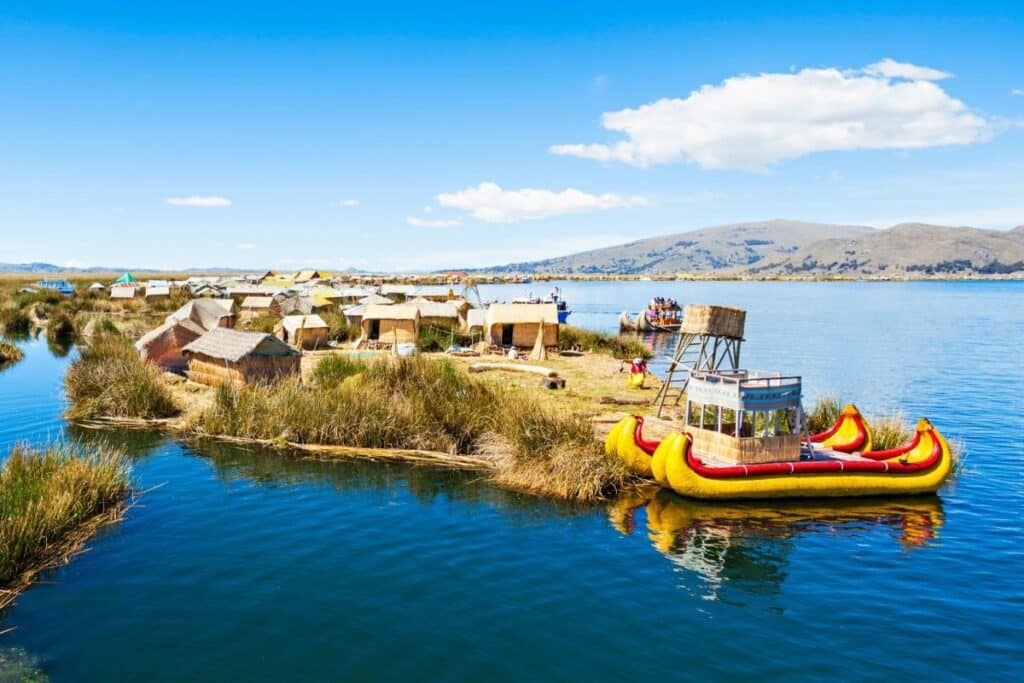
Quinoa has a long and interesting history, originating around Lake Titicaca in Peru. Used by pre-Columbian civilizations as a local staple food well before the arrival of the Spanish, it was initially used as fodder for animals 5,200 to 7,000 years ago before also being cultivated for human consumption 3,000 to 4,000 years ago. While it was neglected and replaced by other cereals upon the Spanish invasion, quinoa is now internationally renowned for its high nutritional value. It is a complete protein containing all nine essential amino acids our bodies cannot make.
Ceviche, Peru’s National Dish
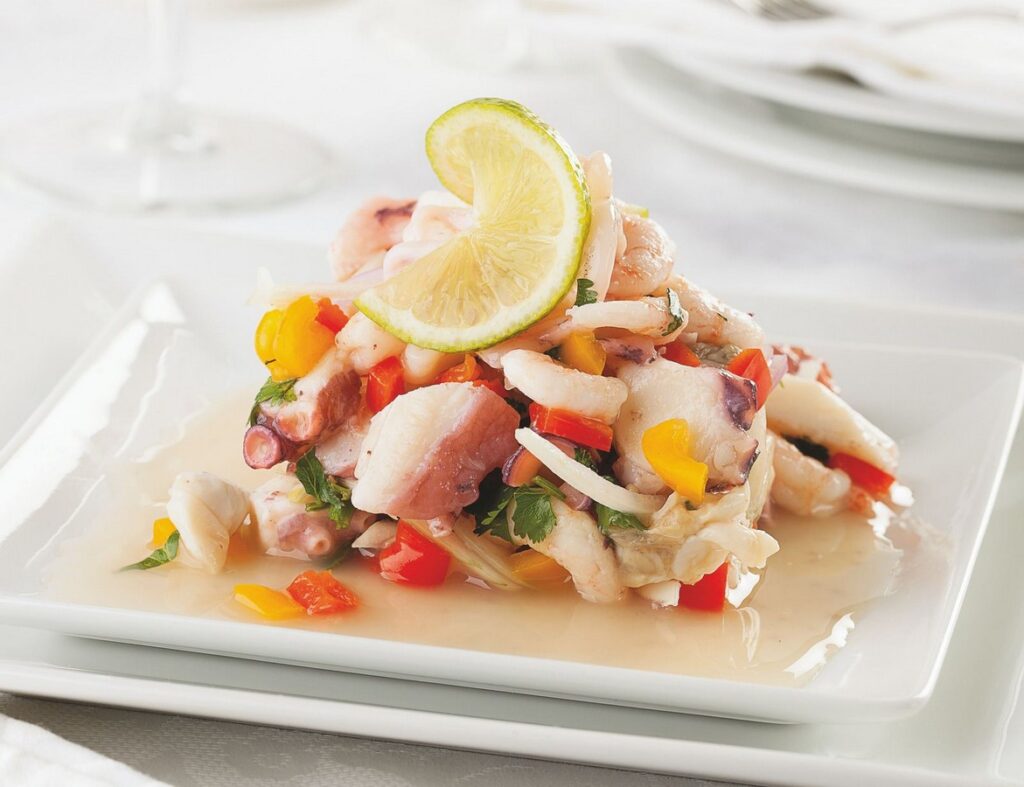
Peruvian ceviche is a classic seafood dish that has made its way around the world. It consists of raw chunks of fish marinated in chili peppers, key lime or bitter orange, pepper, and onions. Typically, the fish used is Corvina, also known as sea bass. The flavors and style of this ceviche are different from other iterations due to its unique components, such as the larger cuts of fish showcasing Japan’s Nikkei influences and the pungent aji peppers adding an intense burst of spice and fruitiness. When served promptly after marinating, these ingredients create a truly memorable experience.
Pisco Sour, Peru’s National Drink

The Pisco Sour is renowned as a perfectly balanced, refreshing cocktail that is instantly recognizable due to its vibrant color, appealing aroma, and tantalizing combination of tart, sweet, silky, and herbaceous flavors. Those seeking what is regarded as the country’s finest Pisco Sours should visit the English Bar at Country Club Lima Hotel. A special appreciation for this iconic drink happens during the Peruvian holiday El Día Nacional del Pisco Sour, celebrated every February 1st, devoted solely to recognizing its great importance to Peruvians.
The Prevailing Artistic Movement in Colonial Peru
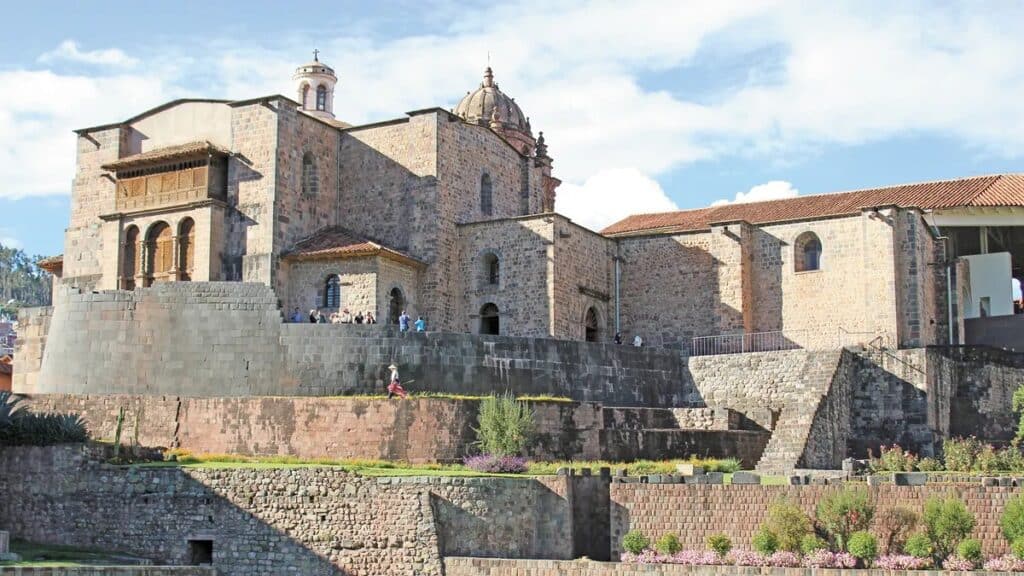
Exploring the Andean Hybrid Baroque gives us an incredible insight into art during the colonial period. This distinctive style was characterized by its fusion of late European Renaissance and Baroque forms with Andean sacred symbolism, some of which originated in pre-Hispanic times. Also known as the Mestizo Style, its impact can be seen in Huaro, Carnicunca, and Andahuaylillas. The incorporation of religious elements and indigenous customs was done with an expert hand to serve as a tool to spread Christianity among Native Americans.
Rich Peruvian Textile Heritage
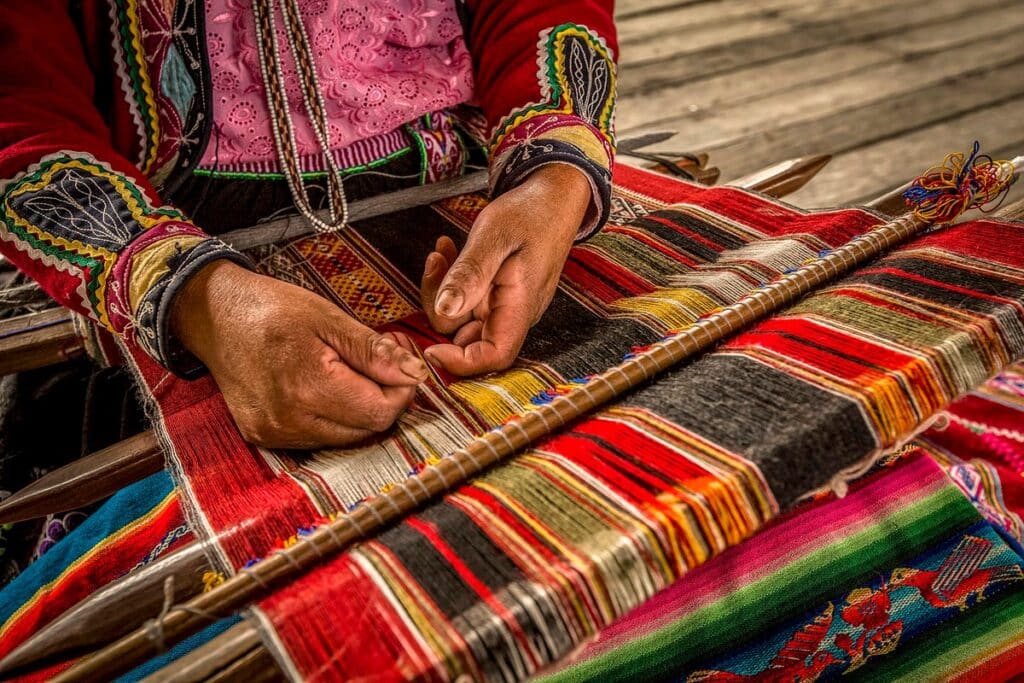
It is believed that Peru has the world’s longest tradition of textile production, predating pottery by more than 10,000 years. This history can be traced back to the Chavin Civilization when backstrap loom technology and many other weaving techniques were developed. Fibers used in the weaves are typically derived from alpaca, llama, and vicuña, which all inhabit the villages surrounding Cusco. The Inca had no writing system, so depiction through fabrics was their primary form of communication which continues today in modern Peruvian textile manufacturing.
Chicha, a Peruvian Ethnic Fermented Beverage
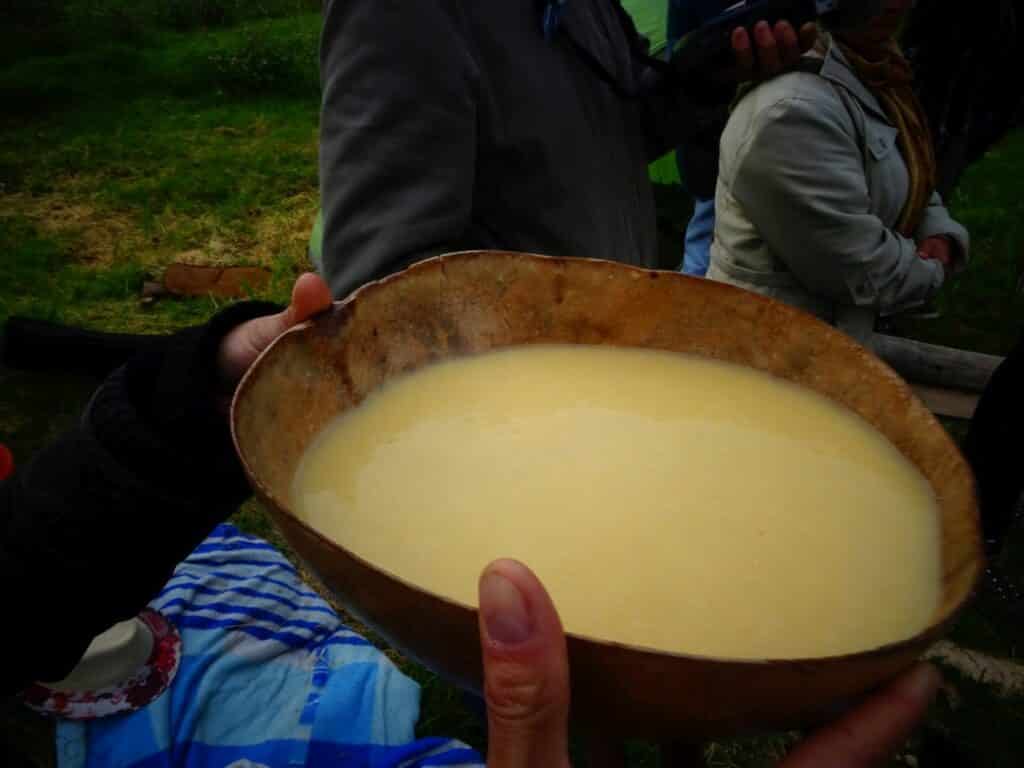
Chicha is an iconic beverage in the Andean region, particularly Peru, with deep cultural roots going back to pre-Inca civilizations and associated with multiple important ceremonies. Since ancient times, it has been consumed as a staple of everyday life and a key part of religious tributes for the dead during festivities honoring various early Andean civilizations such as Chavin, Marcavalle, Churajon, and Tiwanaku. Its production has been perfected and maintained over several centuries and is still a fundamental aspect of traditional customs today.
The Literature of Mario Vargas Llosa

Mario Vargas Llosa, an internationally acclaimed Peruvian writer, has established himself as one the most influential figures of Latin American literature. His pieces transcend geographic borders and reflect local and universal themes, allowing him to become a figure of importance on the international stage. From his Nobel Prize in Literature in 2010 to his other significant awards, Vargas Llosa has forged a path for other Peruvian writers to achieve recognition similarly.
One of the World’s Finest Cacao Producers
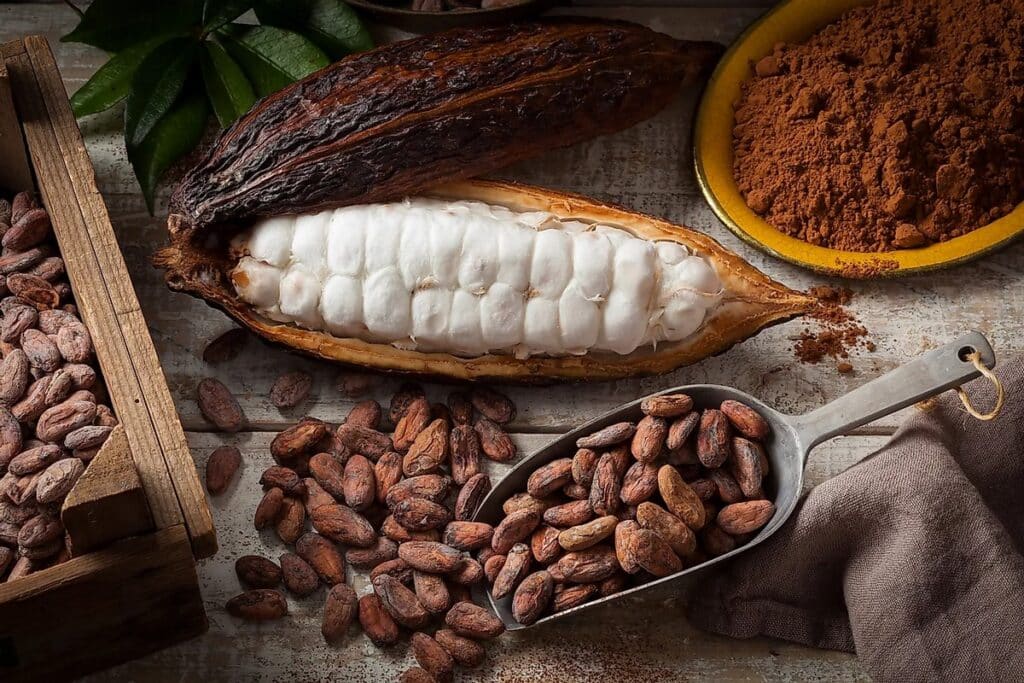
As one of the world’s leading exporters of cacao, Peru is becoming increasingly well-known for its high-quality chocolate. Not only does Peru boast the second-largest organic cacao market in the world, but with 60% of the global cacao production coming from its Amazon basin, it has demonstrated an impressive commitment to sustainability. Peruvian chocolate is also renowned for its wide selection and varieties, which range from the most delicious and aromatic Criollo beans to the highly bittersweet Forastero type.
The Amazon River Begins in Peru
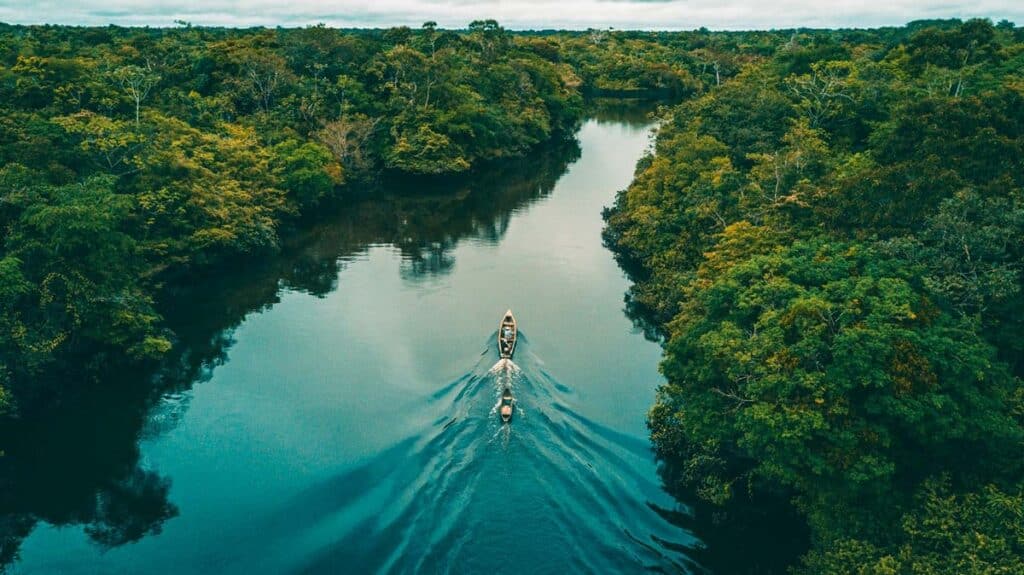
Spanning not one but six different countries, the Amazon River stretches for an enormous 6,400 km, quite astounding given that its source is perched high in the Peruvian Andes. A lifeline to much of South America, the Amazon has been a dependable blessing to local communities throughout its long history. Moreover, it has shaped its surrounding biodiverse ecologies in a way that is still evident today. This leviathan of nature begins as a trickle near Machu Picchu before meandering across continents and through wide swathes of the rainforest before reaching its destination in Brazil.
The Largest Flying Bird Can Be Found in Peru
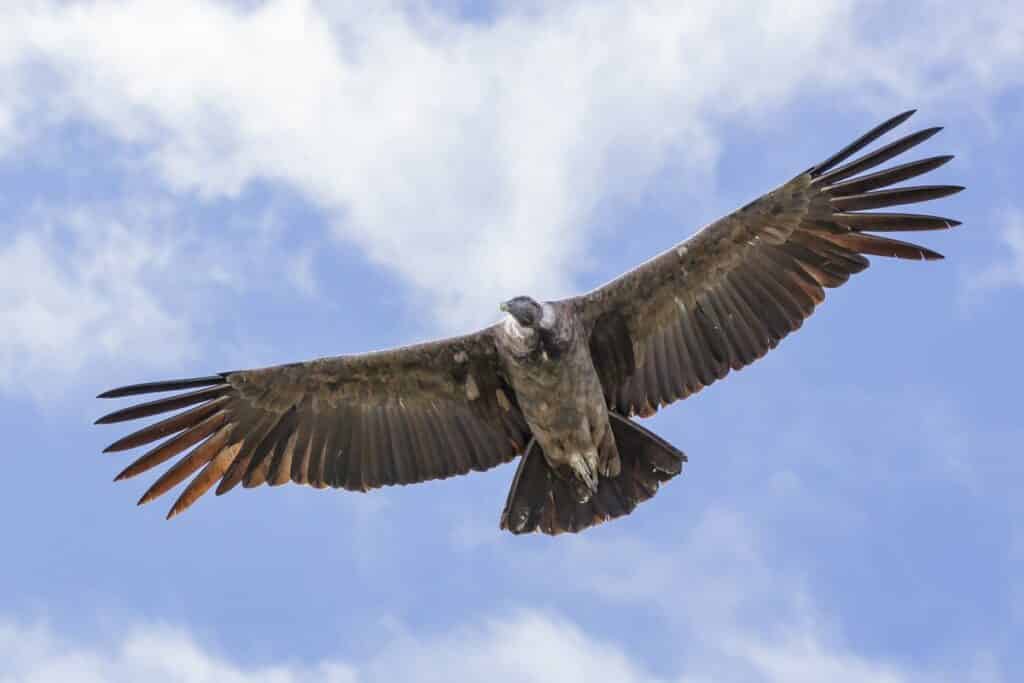
The Andean condor is a fascinating species and undoubtedly the world’s largest flying bird. Its impressive size and wingspan, reaching up to 3.2 meters, allow it to soar through the air. At the same time, its hefty weight of 15 kgs means that it needs windy locations to take advantage of the air currents to conserve energy and coast along for extended periods. One such area where these birds can be spotted is Peru’s Colca Canyon, where people can marvel at their remarkable ability.
